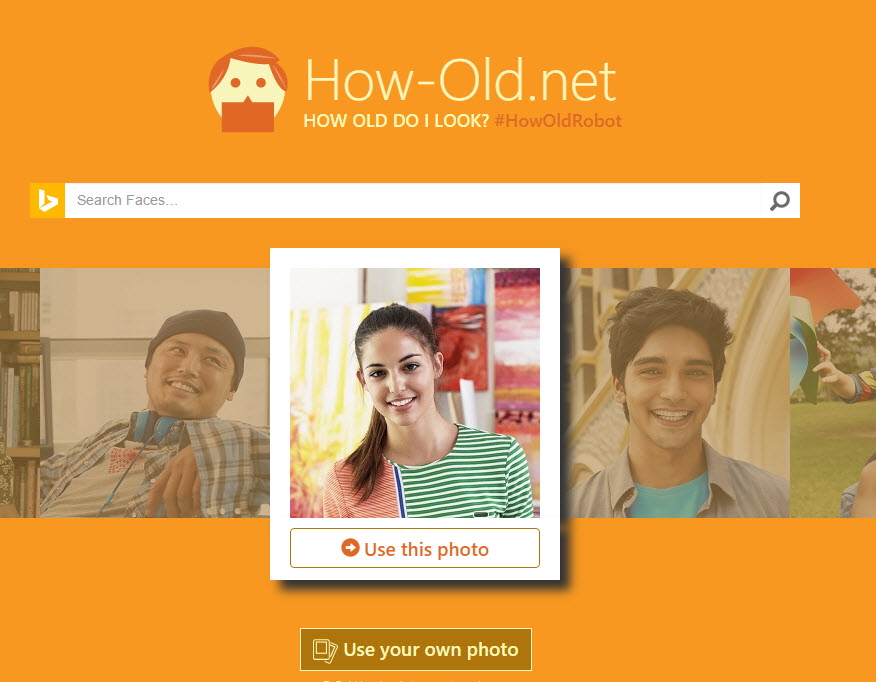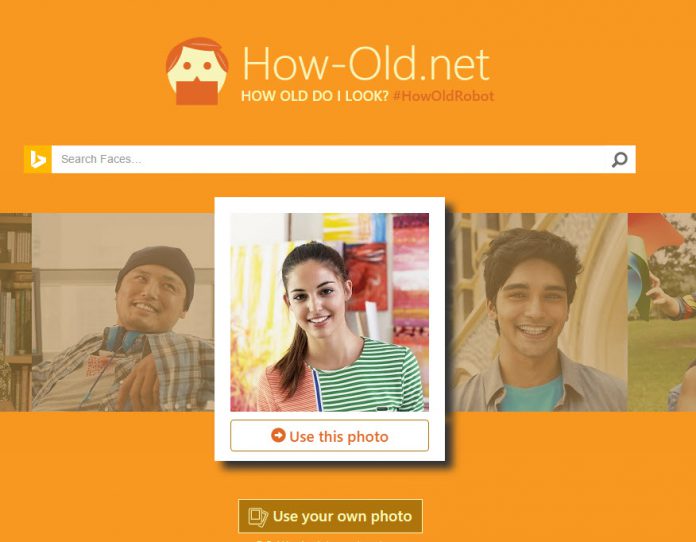Microsoft´s image recognition technology has declassified other tech giants at the sixth annual ImageNet image recognition competition, leaving behind Google, Intel, Tencent and Qualcomm.
Microsoft´s researchers applied a method called “deep neural networks” which trains the computers to recognize images. Neural nets are essentially computer programs that mimic the human brain’s biological processing.
ImageNet’s competition required tech systems to recognize 150,000 photographs collected from Flickr and other search engines and to categorize them into 1000 sections.
Microsoft ranked first in all three competition categories it entered; classification, localization and detection. Its system was better than the other entrants by a large margin.
Extremely low error rates
With an error rate of just 3.5% for classification and 9% for localization, Microsoft succeeded in winning the competition. Corporate VP in charge of Microsoft Research’s NExT labs Peter Lee says he was surprised to see such a major breakthrough.
“It sort of destroys some of the assumptions I had been making about how the deep neural networks work,” Lee is quoted on th Windows Blog.
The team consisting of researchers Kaiming He, Xiangyu Zhang, Shaoqing Ren and Jian Sun, who crafted the neural net, confessed that they had not been sure this their new approach was going to be successful.
From the usual 20-30 layered neural nets they had used in the past for image recognition, they deployed 152 layers. Like that, their deep residual net system used for the ImageNet contest was five times more powerful than past approaches. Principal Research Manager Jian Sun said, “We even didn’t believe this single idea could be so significant.”

An evolving technology
Earlier this year, Microsoft demonstrated great image recognition with its “How Old Do I Look” and “How’s My Moustache Doing?” applications. The technology is being used in ameliorating Microsoft Project Oxford, a project which helps API and SDK developers build more intelligent apps that support face and speech recognition.
Source: Windows Blog






